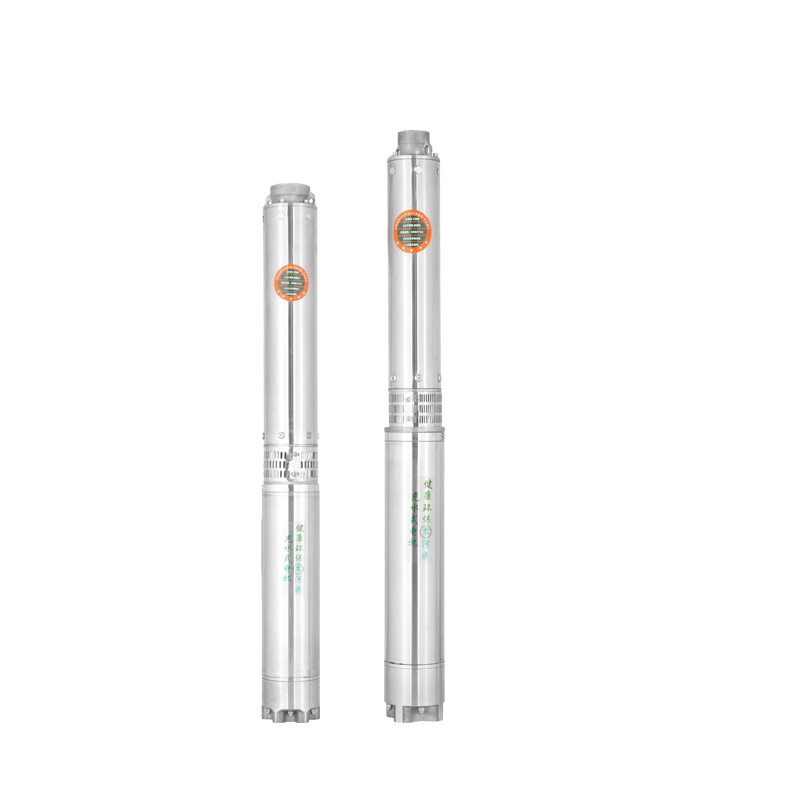Nov . 21, 2024 17:00 Back to list
deep well submersible pump diagram
Understanding Deep Well Submersible Pumps A Comprehensive Overview
Deep well submersible pumps are vital components in the field of water extraction, particularly for agricultural, municipal, and industrial applications. These pumps are specifically designed to function in deep wells where the water level is significantly below the surface. This article aims to explain the workings, components, advantages, and applications of deep well submersible pumps, with a focus on understanding their diagrams and operational principles.
Components of Deep Well Submersible Pumps
A typical deep well submersible pump consists of several critical components, each playing a unique role in the system. At the heart of the pump is the motor, which is typically located at the bottom of the pump assembly, submerged underwater. The motor drives the impellers, which are responsible for lifting water from the well.
Above the motor are the stages of impellers and diffusers. Each impeller adds energy to the water, which is then channeled into the next stage by a diffuser. The number of stages can vary depending on the depth of the well and the required flow rate. The deeper the well, the more stages are usually required to achieve adequate pressure.
The housing of the pump, made from corrosion-resistant materials, protects the internal components and maintains structural integrity under high pressure. Additionally, a check valve is usually installed at the discharge to prevent backflow, ensuring the water does not return to the well once pumped out.
How Deep Well Submersible Pumps Work
When a deep well submersible pump is activated, the motor powered by electricity (or alternative energy sources in some systems) begins to rotate. This rotation drives the impellers, which creates a low-pressure zone at the inlet, allowing water to flow into the pump from the surrounding well. As the water enters, the impellers accelerate it, converting rotational energy into kinetic energy and increasing its pressure.
deep well submersible pump diagram

Once the water reaches the desired pressure, it is forced upwards through the discharge pipe
. The entire assembly remains submerged, which prevents the pump from losing prime and ensures efficient operation, as the water helps cool the motor and lubricate the moving parts.Advantages of Deep Well Submersible Pumps
Deep well submersible pumps offer numerous advantages that make them an ideal choice for deep water extraction. Primarily, their submerged design reduces noise and mitigates the need for extensive above-ground infrastructure. Furthermore, these pumps are incredibly efficient, especially in terms of energy consumption, as they can lift water from great depths without requiring additional suction piping.
The longevity and reliability of submersible pumps are also noteworthy. Since the motor is submerged, it is insulated from the external elements that can lead to wear and tear. Additionally, their ability to handle varying flow rates and pressures ensures versatility across different applications.
Applications of Deep Well Submersible Pumps
The applications of deep well submersible pumps are vast, ranging from agricultural irrigation to municipal water supplies, groundwater remediation projects, and even in industrial processes where a reliable water supply is necessary. They are utilized in contexts where other types of pumps may struggle, particularly where high head (the height that water must be lifted) is required.
In conclusion, understanding the mechanics and diagram of deep well submersible pumps is essential for anyone involved in water management or extraction. With their robust design and efficiency, these pumps continue to serve as crucial tools in addressing the global demand for water resources. Whether in rural settings or urban infrastructures, they provide a reliable means of accessing one of our most vital resources—water.
-
Submersible Water Pump: The Efficient 'Power Pioneer' of the Underwater World
NewsJul.01,2025
-
Submersible Pond Pump: The Hidden Guardian of Water Landscape Ecology
NewsJul.01,2025
-
Stainless Well Pump: A Reliable and Durable Pumping Main Force
NewsJul.01,2025
-
Stainless Steel Submersible Pump: An Efficient and Versatile Tool for Underwater Operations
NewsJul.01,2025
-
Deep Well Submersible Pump: An Efficient 'Sucker' of Groundwater Sources
NewsJul.01,2025
-
Deep Water Well Pump: An Efficient 'Sucker' of Groundwater Sources
NewsJul.01,2025
-
 Submersible Water Pump: The Efficient 'Power Pioneer' of the Underwater WorldIn the field of hydraulic equipment, the Submersible Water Pump has become the core equipment for underwater operations and water resource transportation due to its unique design and excellent performance.Detail
Submersible Water Pump: The Efficient 'Power Pioneer' of the Underwater WorldIn the field of hydraulic equipment, the Submersible Water Pump has become the core equipment for underwater operations and water resource transportation due to its unique design and excellent performance.Detail -
 Submersible Pond Pump: The Hidden Guardian of Water Landscape EcologyIn courtyard landscapes, ecological ponds, and even small-scale water conservancy projects, there is a silent yet indispensable equipment - the Submersible Pond Pump.Detail
Submersible Pond Pump: The Hidden Guardian of Water Landscape EcologyIn courtyard landscapes, ecological ponds, and even small-scale water conservancy projects, there is a silent yet indispensable equipment - the Submersible Pond Pump.Detail -
 Stainless Well Pump: A Reliable and Durable Pumping Main ForceIn the field of water resource transportation, Stainless Well Pump has become the core equipment for various pumping scenarios with its excellent performance and reliable quality.Detail
Stainless Well Pump: A Reliable and Durable Pumping Main ForceIn the field of water resource transportation, Stainless Well Pump has become the core equipment for various pumping scenarios with its excellent performance and reliable quality.Detail
